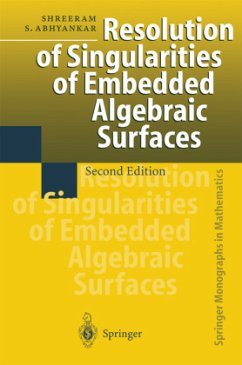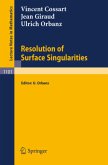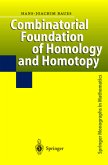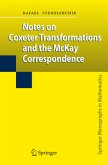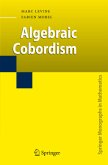The common solutions of a finite number of polynomial equations in a finite number of variables constitute an algebraic variety. The degrees of freedom of a moving point on the variety is the dimension of the variety. A one-dimensional variety is a curve and a two-dimensional variety is a surface. A three-dimensional variety may be called asolid. Most points of a variety are simple points. Singularities are special points, or points of multiplicity greater than one. Points of multiplicity two are double points, points of multiplicity three are tripie points, and so on. A nodal point of a curve is a double point where the curve crosses itself, such as the alpha curve. A cusp is a double point where the curve has a beak. The vertex of a cone provides an example of a surface singularity. A reversible change of variables gives abirational transformation of a variety. Singularities of a variety may be resolved by birational transformations.
Bitte wählen Sie Ihr Anliegen aus.
Rechnungen
Retourenschein anfordern
Bestellstatus
Storno

